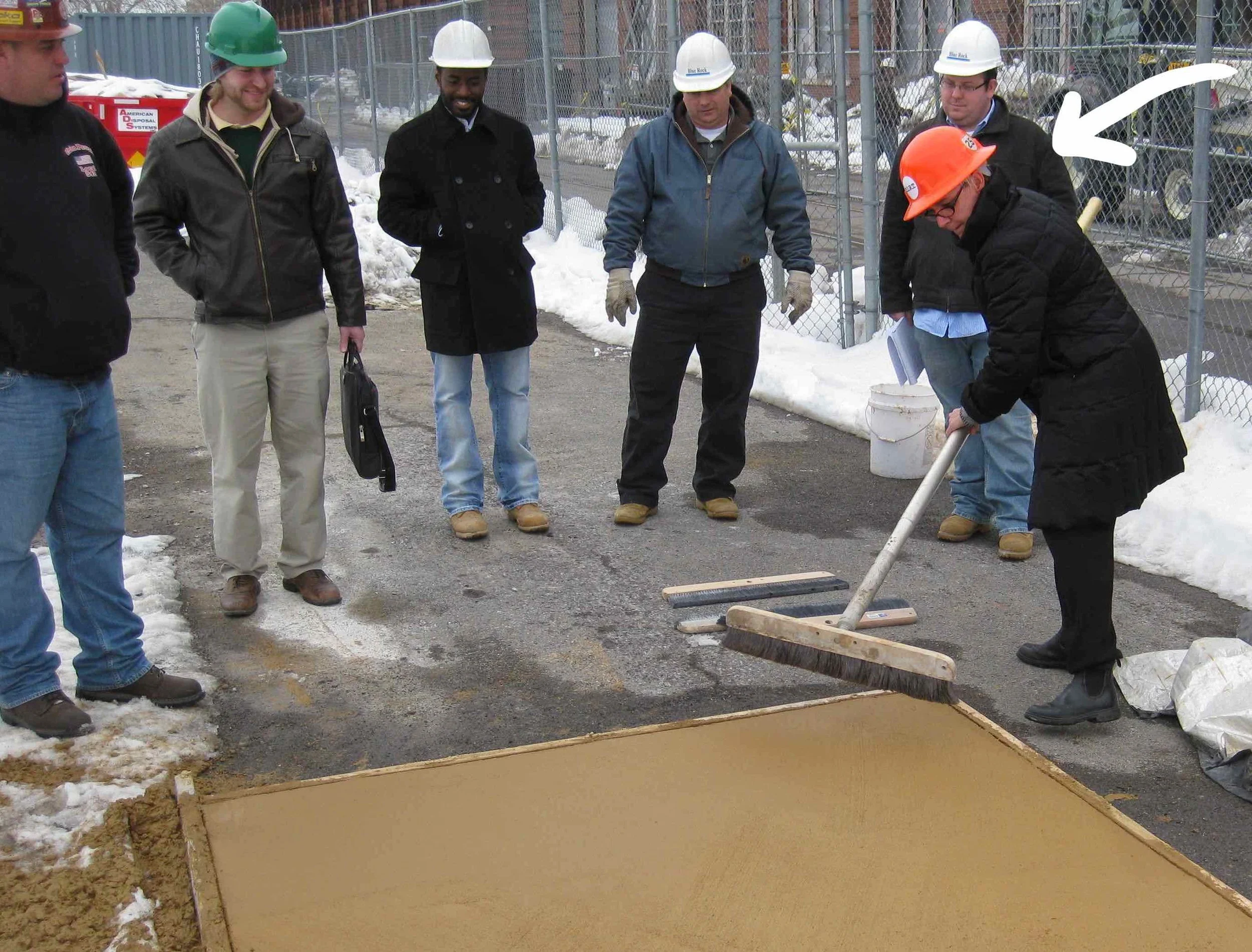Julie Bargmann wins inaugural Oberlander Prize
America’s Julie Bargmann is the winner of the inaugural Cornelia Hahn Oberlander International Landscape Architecture Prize.
Announcing the honour the Oberlander Prize jury noted she has been a “provocateur, a critical practitioner and a public intellectual.
“She embodies the kind of activism required of landscape architects in an era of severe environmental challenges and persistent social inequities.”
Julie Bargmann. Photo credit: Barrett Doherty, courtesy of The Cultural Landscape Foundation.
The biennial Oberalander Prize was established to celebrate the late Canadian designer, Cornelia Hahn Oberlander, who died earlier this year from complications of COVID 19. An initiative of the Cultural Landscape Foundation, it’s aimed at raising the public profile of landscape architecture by honouring a living practitioner who is creative, courageous and visionary.
It comes with a $100,000 purse and two years of engagement activities focused on her work and landscape architecture more generally.
A professor at the University of Virginia and founder of D.I.R.T (Dump It Right There), Bargmann is renowned for her work transforming contaminated, neglected and forgotten urban and post-industrial sites. She says: “unearthing the raw ingredients of design from waste and wastelands defines my life’s work. Both the pedagogy of my teaching and my methodology as a designer address the social and ecological imperatives to reclaim degraded land.
“Integrating regenerative technologies with design propositions and built landscapes embodies my contribution to the discipline of landscape architecture.”
A Bargmann project: Core City Park Detroit, MI, Spring 2021. Photo courtesy Prince Concepts and The Cultural Landscape Foundation.
Bargmann gave a presentation on socio-ecological disruption at the 2019 NZILA Firth conference and LAA spoke to her ahead of her appearance.
Chair of the Oberlander Prize Jury, Dorothée Imbert, says Bargamann stood out as an award candidate because of her “leadership in the world of ideas, her impact on the public landscape, her model of an activist practice, and her commitment to advancing landscape architecture both through teaching and design.” As Bargmann has said of herself: “the two ends of my barbell are designer-artist and political animal.”
For many of her recent projects, Bargmann and D.I.R.T. have acted as the conceptual design lead, working with other experts throughout the planning and design process, and sticking with many projects through construction. Multi-disciplinary collaborations with architects, historians, engineers, hydrogeologists, artists, and, most importantly, the residents of the area in which she is working, are hallmarks of her approach.
Another of Bargmann’s projects: Urban, Outfitters, Philadelphia. Photo ©Charles A. Birnbaum, courtesy The Cultural Landscape Foundation.
Artistically, she is strongly influenced by the work and writings of Robert Smithson, the American artist known for his land art installations including “Spirla Jetty”, and the American artist Eva Hesse. Bargmann describes her approach as “rigorous intuition or intuitive rigour.”
Her interest in industrial and toxic sites dates back to her early childhood. Crammed into the family station wagon with her seven brothers and sisters, she was transfixed by the refineries and other industrial complexes visible from the New Jersey Turnpike.
You can see the video of Julie’s 2019 NZILA Firth Conference appearance below.



